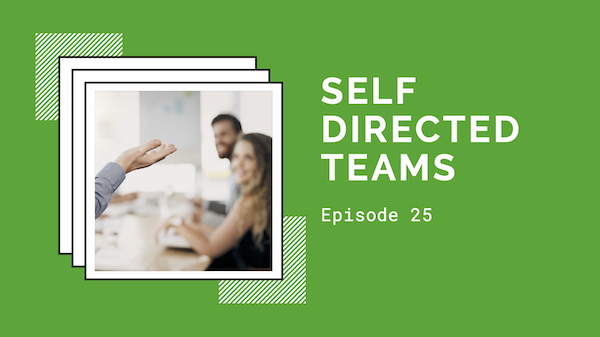
Sandi and Jen discuss what is a self-directed team, what are the items and issues that come up for a good and for a bad self directed team.
Organizational Transformation Kung Fu


Sandi and Jen discuss what is a self-directed team, what are the items and issues that come up for a good and for a bad self directed team.

In Fall of 2018, Gary Anderson was hired to be the CEO of Nova Mutual Insurance in Ontario. This was a new position as Nova Mutual was a newly merged organization.
Now two and a half years post merger, Gary in his first C-suite role is clearly writing his own playbook. Gary and his team at Nova Mutual are doing things a little different, and they believe that culture will drive results, so although the results matter, culture trumps results.
Gary is not the typical CEO, and in fact carries the title of Chief Empowerment Officer.
But is that just a cute play on words, or are there significant differences in the role he plays in the office? At Nova Mutual, one of their chosen core values is empowerment, and according to Gary, the title change seemed to fit the mold. At Nova they pride themselves in doing things differently so much so that even now Gary is considering the next evolution of his role.
There are several pieces to the puzzle of culture and transitioning from a traditional office to an office driven by culture, and Gary believes it starts with servant leadership.
A servant leader could be well-compared to the scrum master. If you haven’t heard of this term before, a scrum master is an individual that facilitates good discussions, but isn’t the expert. Their primary goal is to listen and remove obstacles that are hindering the real experts from creating the best team or outcome possible.
If a traditional office structure is a hierarchy like a triangle, servant leadership means turning that triangle bottom up. As a servant leader, you’re removing obstacles, allowing the superstars to do their thing, and in turn they’re going to make things more efficient because they’re making the decisions about their job and how to streamline it.
Instead of having one leader at the top, with all of the pressure and control, there are many minds figuring out the details of how to get done what needs to be done in the best way possible. By removing the top down approach you start getting all sorts of ideas that no single ‘top-dog’ would ever have the time, freedom, or energy to think of.
When you have this kind of participation, it paves the way for buy-in, rather than begrudging (or worse, apathetic) compliance.
We know some of you might be wondering if this change is even worth the effort. If it’s not broke, don’t fix it, right? However, there are a few clear issues that come with traditional top-down leadership, and there’s one in particular that is impossible to avoid and that is poor communication. Top-down leadership means there’s someone at the top with typically three people as next-level leaders, who in turn relay information to 10 other employees, and continuing down the line.
Usually, this process of communication doesn’t go well, because somewhere within the middle management, details start to get lost, twisted, or added to.
Like a classic round of the popular party game Telephone, the message totally changes by the time you’re done. That’s exactly what traditional top-down management communication does.
When transitioning to a completely different leadership strategy and structure, you have to start by gathering information about the existing culture. By using preliminary surveys, you can reveal a lot of information, mostly from the comment sections. The typical click type answers can lead you down a general path, but it’s the comments that are key.
You’ll find, as you get to know the existing culture and individuals, there is a wide difference in beliefs, priorities, talents, and expectations. Somehow, you have to convince this group of diverse people to buy into a new culture and a new identity. But before that, you’ve got to decide what you want that culture to be.
Culture will happen regardless of what you do. It’s constant. You can either be completely invested in constructing or influencing it, or you can do nothing and it will create itself.
Gary used the first year as the transition year, and his goal was simply to bring everyone together. Not transforming anything, or making big moves, just getting everyone accustomed to these new concepts.
One step in this transition is getting your team involved by participating in conversations about purpose and values. It takes time, but it’s vital to create a safe space to have these conversations, because during transition periods, your team members are all asking themselves the same questions:
Where do I stand?
Am I staying, or am I going?
They may find out they’re not a fit. Maybe there’s not a career opportunity for them with the direction you’re going. You want the culture to be a genuine place for conversation and empowerment, so if one of your employees discovers something new they want to do, they will be supported. If they can do that within their current position in the team, great, let’s do it! If they can do it in a different position on the team, also great. If they can’t fulfill that goal with your team, they’re going to have the support they need to find a new job that gives them what they need to grow.
The change is gradual. Some team members might have never been put into a work situation where they could speak freely. Some team members might not believe you mean what you say. Everybody’s watching to see what moves are actually going to stick, and it comes down to trust. You have to build up the trust in advance, before you start making claims or taking chances.
This transition period, where you’re focusing on communication with regular, inclusive conversations is not just for building rapport and practicing for the “real thing.” As the leader listens and the team talks, culture is co-created. You’ll notice patterns in how the team communicates, what they talk about, and why.
Rather than simplifying it as a traditional mission and vision statement that you see on everyone’s website, Nova Mutual chose to alter it.
They started by answering the question, ‘What is our purpose?” and “Why do we exist?”
Then, they boiled it down to core values. These are catchy buzzwords, and they can sometimes be put on a plaque and ignored, but it’s getting the team members involved in the discussion. Instead of a CEO saying, “We’re going to believe in these three things, and if you don’t like it, hit the road” that’s what this process is all about.
Nova Mutual came up with six values, but Gary made it clear that they could change at any time as the team changes. Here are the words the Nova team chose:
This, they decided, was their true culture.
Ultimately, the servant leadership strategy leads in one direction. However, ater the transition phase, the goal (at least, for Gary at Nova Mutual) was to also create self-managing teams.
Many people think the idea is madness, and wonder how anything gets done, but really it’s just the natural extension of culture-driven strategy.
At first, you keep it simple with functional management. When the team has a discussion about potential changes, the servant leader (traditionally the “functional manager”), gives options of how these changes could be implemented. Then, they give them a small structure to work with, using examples from what they’ve been doing as a larger team up to this point. For example, meeting together every day, talking about stuff, taking 10 minutes to clarify who is doing what, and being intentional about problem solving within the group.
If self managing teams are going to be high-functioning teams they have to want it. They have to be ready to give 100 percent, especially at the start. As you build trust, the goal is to be able to rely on anyone on your team at any given time.
Even with loads of experience in the field, this sort of experimentation requires agility. You have to be more infinite minded. The leader will have to identify certain things for the team to achieve that are aspirational. Agile, self-managing teams figure it out together and are highly efficient and collaborative.Creating a culture of servant leadership simply lays the groundwork for the magic to happen.
For more resources from the combined genius of Sandi and Jennifer, check out Management Possible and Satori Consulting Inc.
Jen is the owner of Management Possible® focused on training and coaching multi-level management and leadership individuals and teams nationally and globally. Sandi is the owner of Satori® Consulting inc. a global consulting firm focused on helping organizations solve complex problems in strategy, leadership and governance.
What does going back to work look like? What is a hybrid workplace, at its core? What does all of this mean for leaders? What do we have to do differently?
These are the top questions we address in today’s episode of The OT Kung Fu Podcast.
This is the time to get rid of the policies that don’t work and the systems that are no longer serving the team. Question everything before reopening, or introducing big changes like a hybrid workplace.
There’s no going back to normal. You’re never going back to the same thing. It’s not going to be the same because no one is the same. We are all thinking differently about work. We are all feeling differently about what’s important. Just by virtue of changing as people, how we think about work, what work needs to be for us, and what’s going to create meaning for you, has shifted. Just because you’re returning to a building, doesn’t mean the job, or the environment, will be the same.
There’s a big balancing act between the short-term and the long-term when it comes to leading and decision making. What are the short-term decisions that have to be made? What are the long-term decisions that have to be made? Do they conflict? Will they be too much to handle at once? How do they relate to one another?
The changes that have occured in the last few years have been a challenge, but they have also created an opportunity for companies to rethink how they want to structure their culture. It’s an opportunity that most leaders never get: the chance to restart, a totally clean slate. The things that we previously held as gospel truth have now been proven incomplete, and companies must respond in a fearless, open-minded way.
These two come hand-in-hand when it comes to successful restructuring. Making changes, while necessary, can be incredibly difficult without support and unity, both within leadership and the team as a whole.
What is most important to your employees? What has their experience as a team member in the last couple years taught them?
How are you starting the dialogue and conducting the conversation? Are you just sitting in a room of leaders making decisions on your own? This might have been necessary as teams and companies had to simplify to survive, but for growth, you need as much information as possible.
Next, it’s time to move on from the strategies that worked when you were in crisis-mode.
For a while now, the norm has been a group of four or five people making the decision for the whole organization, without engaging with the rest of the team. While this is helpful to keep things moving in complicated times, this tendency isn’t good for the long-run.
Many leaders were so focused on pushing through, and were often so desperate to keep their organization alive, they’ve now continued to use the same strategies.
As companies are focusing on transitioning out of this phase, they are tapping into their workers, doing a lot of tiny pulsing and surveying, and are investing in their employees as people.
Before, leaders simply told them what to do, but now the principle of leading with empathy is considered a necessary and important piece of success.
Empathy is a great example of the shifting values and essential skills in the workplace.
Across the board, flexibility has been identified as the number one skill for effective leading.
Especially in the United States, there’s this idea that, when it comes to empathy, wellbeing, health, and problems in general, “there’s a department for that”. It’s not necessary to make it a priority, and the leaders certainly don’t want to “waste their time” talking about things that aren’t directly business-related.
The conversation really starts there: how do you really allow people to be forthcoming?
Things that would have been the typical water cooler talk back in the office are even more underground because it’s an online chat now, or a text between coworkers, sharing their discomfort with returning to the office.
From a manager’s perspective, the training that is needed is on flexibility and empathy.
In Jen and Sandi’s experience, 100% of people they’ve talked to have experienced burnout.
People feel exhausted, overworked, overwhelmed, even to the point of hopelessness. Burnout, naturally, leads to a series of questions:
Can I keep going like this?
Do I want to?
Burnout is a huge thing, and utilizing a hybrid workspace hasn’t been the solution to that problem.
In fact, all of the over-communicating, the distractions, all of the ways life begins to blur into your workspace, the disconnectedness, the isolation, and even the apathy that can grow over months all adds fuel to the fire, leading you closer to complete burnout.
You’re pushing outside your own comfort zone. You don’t feel like you’ve mastered anything, and you’re not sure what’s permanent and what’s temporary.
While there’s only so much that can be done to help, there are practical ways for leadership to invest in their team members to lend support and prevent burnout.
When it comes to maintaining those work/life boundaries, having a designated home office space is incredibly important. Unfortunately many people are still working from the kitchen table, in crappy chairs.
The goal is to avoid death by a thousand paper cuts.
It’s all the little small things that pile on top of each other that leads to burnout, when a small gesture of empathy can relieve the burden.
Even in the hybrid workplace, new cultural norms are being built up. Right now, individuals, teams, and leaders are both actively and passively deciding what is now acceptable and what’s not.
Is helping your kids in the middle of the day an acceptable thing in your work environment? Maybe, maybe not. They probably won’t be using online school anymore, but they may still have toddlers at home because daycare isn’t an option anymore.
All of these pieces need to be considered when deciding what works for your organization. You can put together what you think is a good, meaningful, purposeful strategy for their organization and yet still lose some critical talent because they want to work on-site 100% of the time, or because they feel too insecure with the technology when it comes to working remotely.
Sandi and Jen believe there’s going to be a huge shift or upheaval of key talent, unless you can master your strategy. As a whole, this process is a test of test of your values.
You have to ask yourself, your leaders, and your employees what is really important. There’s been a change in what we see as doable, which impacts what is actually doable. People have taken stock of what is truly important to them, organized their priorities, and values, and they’re able to stand in them a little bit more than before.
The question is, will workplaces respect their newfound priorities, and empower them?
In general, the best thing you can do is encourage the heart. The whole practice of supporting people, developing their skills, and creating meaning with them in the organization requires critical conversations.
You need to balance the ability to make the best short-term decisions while maintaining the best long-term vision you can.
There are very few people, very few leaders, who are actually skilled in this way innately. Training these principles should be commonplace, rather than a last resort.
When shit hits the fan two years from now, or whenever the inevitable issue arises, will your leaders and employees have the skills and tools they need? Will they be able to hit the ground running?
Regardless of what stage your business is at, building and maintaining your team is the key to short-term and long-term success. There needs to be a creative, open, flexible environment where no one is getting judged for their differences in perspective, opinions, needs, or skills.
You have to create an environment that will utilize opportunities to reshape the hybrid workplace culture into something empowering, something your team can believe in and dedicate themselves to.
For more resources like this, head over to OT KungFu’s website for podcasts, blogs, and more. To find more about Sandi and Jen, you can find them on their respective sites: Satori Consulting, and Management Possible.
Jen is the owner of Management Possible® focused on training and coaching multi-level management and leadership individuals and teams nationally and globally. Sandi is the owner of Satori® Consulting inc. a global consulting firm focused on helping organizations solve complex problems in strategy, leadership and governance.
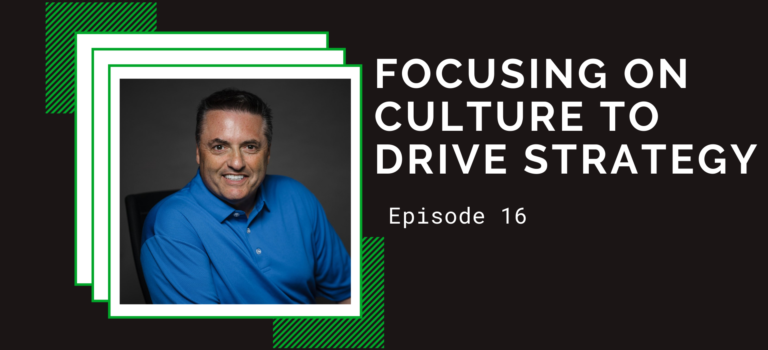
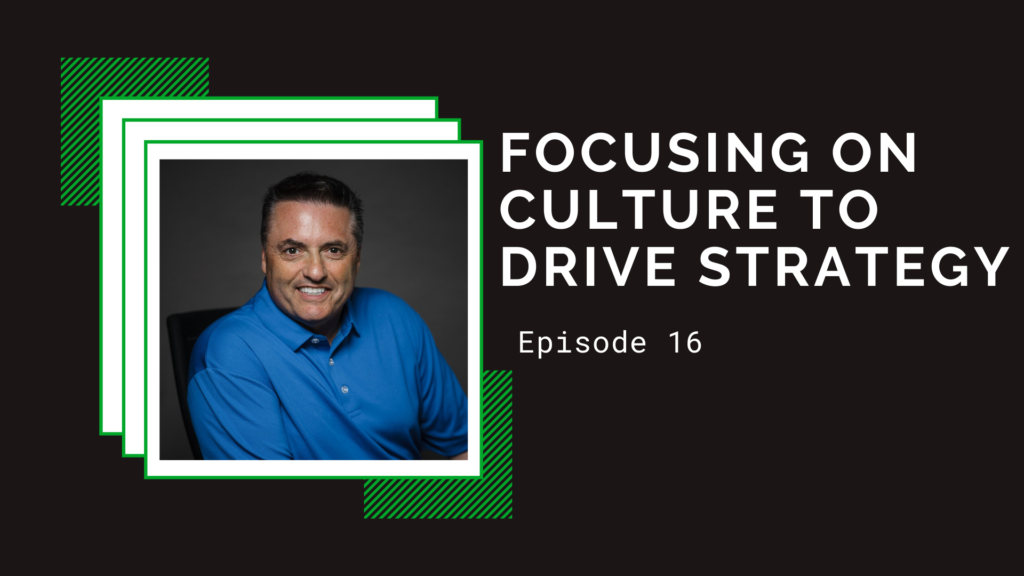
Sandi and Jen talk with Gary Anderson, ‘Chief Empowerment Officer’ of Nova Mutual Insurance. Gary believes that culture will drive results and on this podcast they are going to tap into some to the interesting things that Gary and his team are doing. The discussion covers servant leadership, self-managed teams and producing results with culture.
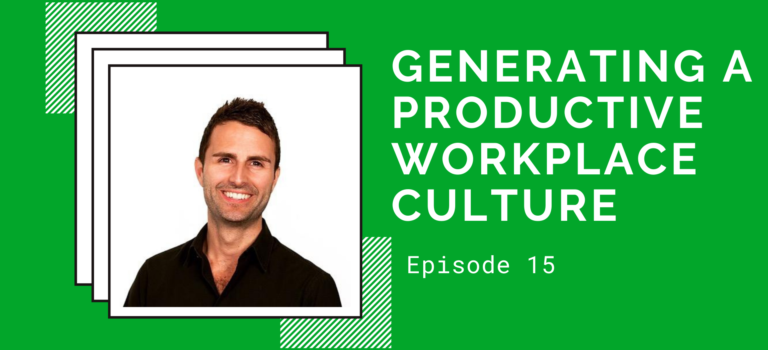
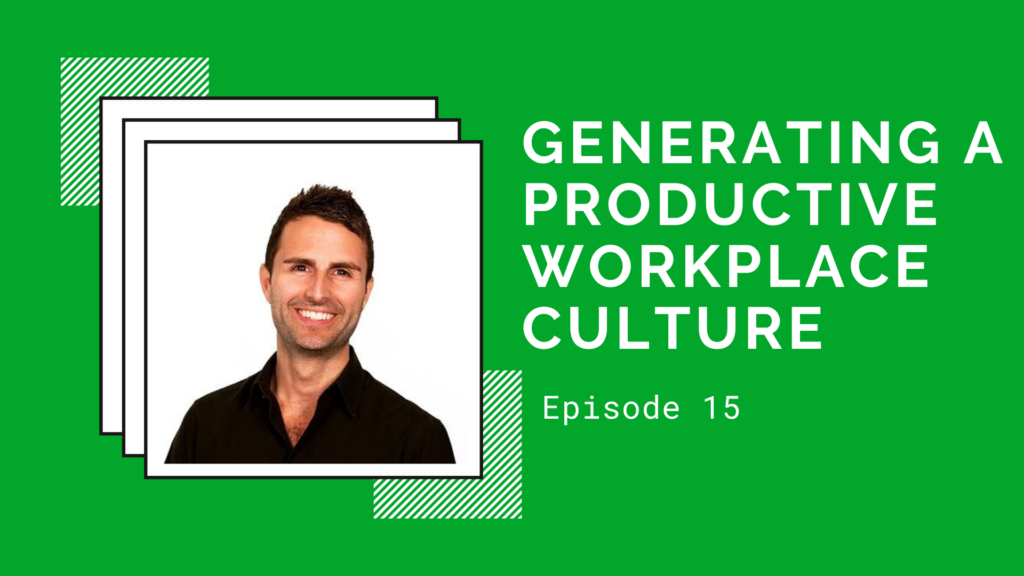
Sandi and Jen sit down with Tony Gareri, CEO and “Chief of WOW” of Roma Mouldings and talk about the importance of generating a productive workplace culture. Find out in’s and out’s of how Tony and his team have developed a passionate, open, fun and caring company culture keep the business successful! He talks about seven specific tactics he and his leadership team have engaged and have now taken root in the business, helping grow to the profitable and growing business it has become.